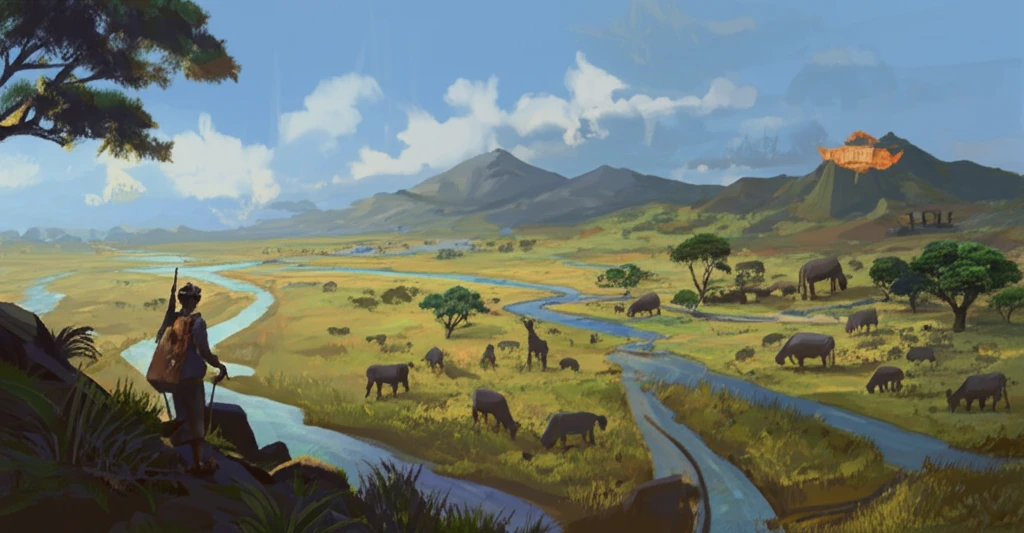
The Paradox of Parks: Balancing Conservation and Traditional Life in West Africa
"Exploring the complex relationship between pastoral communities and protected areas in Niger, Burkina Faso, and Benin."
Across the Sahel-Sudan region of Africa, tensions often run high between pastoral communities and the protected areas established to conserve biodiversity. What should be safe havens for wildlife and natural resources frequently become zones of conflict, marked by illegal grazing, unauthorized fires, and deforestation on one side, and forceful evictions, fines, and arrests of herders on the other.
Historically, conservation efforts primarily targeted farmers and poachers. However, today, pastoralists are increasingly seen as the main threat to classified forests, reserves, and national parks. This shift is especially perplexing given that these communities are often the most knowledgeable about the natural environment and have traditionally lived in close harmony with it.
This article delves into the apparent paradox: How did practitioners of traditional ecological stewardship become perceived as adversaries of nature conservation? We will explore this question through the case study of Parc du W, a protected area spanning Niger, Burkina Faso, and Benin, examining the historical, social, and political factors that have shaped this complex dynamic.
The Emergence of Transhumance Towards Parc du W

Unlike many protected areas in the Sahel, Parc du W wasn't historically a central part of major pastoral routes. However, the park's resources have become increasingly important for seasonal transhumance, offering crucial grazing during the dry season. Even though this use is only seasonal, it's vital for the pastoral systems that depend on it. These systems are carefully balanced, and disrupting even one element can threaten the entire way of life.
- For many years, the park existed in theory only. Local people were unaware of restrictions on access and use.
- Enforcement of the park through village evictions only began in the 1950s.
- Transhumant herders likely became aware of the park even later than settled villagers.
- Pastoral societies don't typically think of land in terms of ownership or control.
Finding a Path Forward
The relationship between pastoral communities and Parc du W is a microcosm of the broader challenges of balancing conservation and human livelihoods. Finding solutions requires acknowledging the complex historical, social, and ecological factors at play. By fostering dialogue, respecting traditional knowledge, and promoting sustainable development in the park's periphery, it may be possible to reconcile the needs of both people and nature, creating a future where conservation and pastoralism can coexist.
